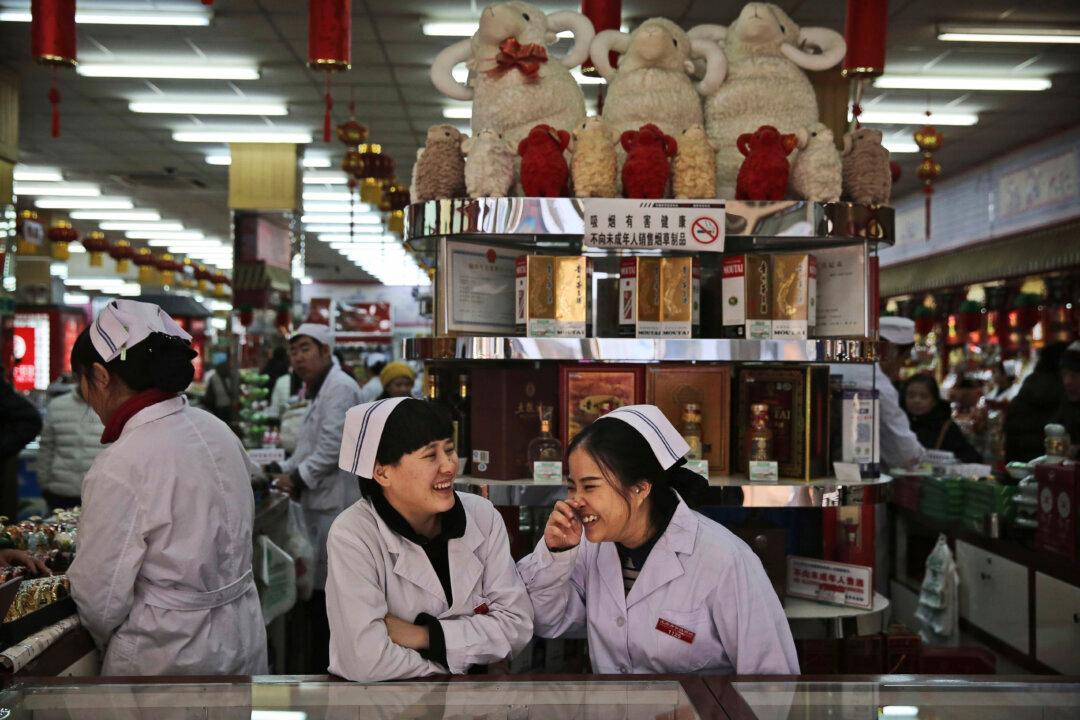Every economy has themes. For the Chinese economy, the only theme up until recently was rapid growth. First because of exports, then because of investment in infrastructure and factories.
The Chinese economy of 2016 has many different themes. One theme is an unprecedented economic slowdown, reflected in official numbers and much worse in unofficial estimates. But then there is the theme of rebalancing. The old economy of manufacturing, investment, and exports is slowing down but the new consumer and services led economy is supposed to take over the baton.
With official sector data notoriously unreliable, China analysts get conflicting messages and don’t know which theme is actually happening. To shed light on this murky situation, Leland Miller and his team at the China Beige Book (CBB) interview thousands of companies and hundreds of bankers in China each quarter to get an accurate gauge of the themes prevailing in the Chinese economy.





